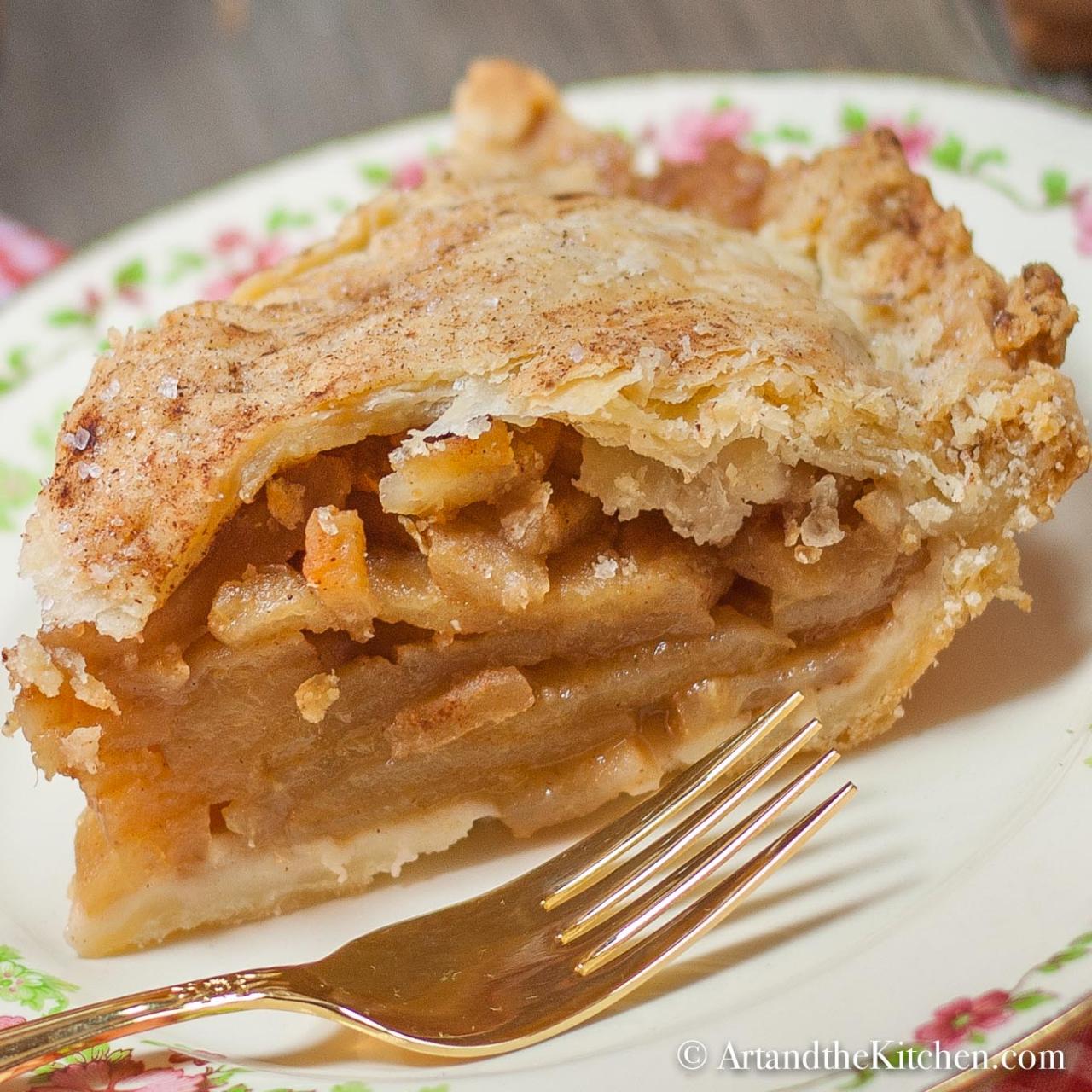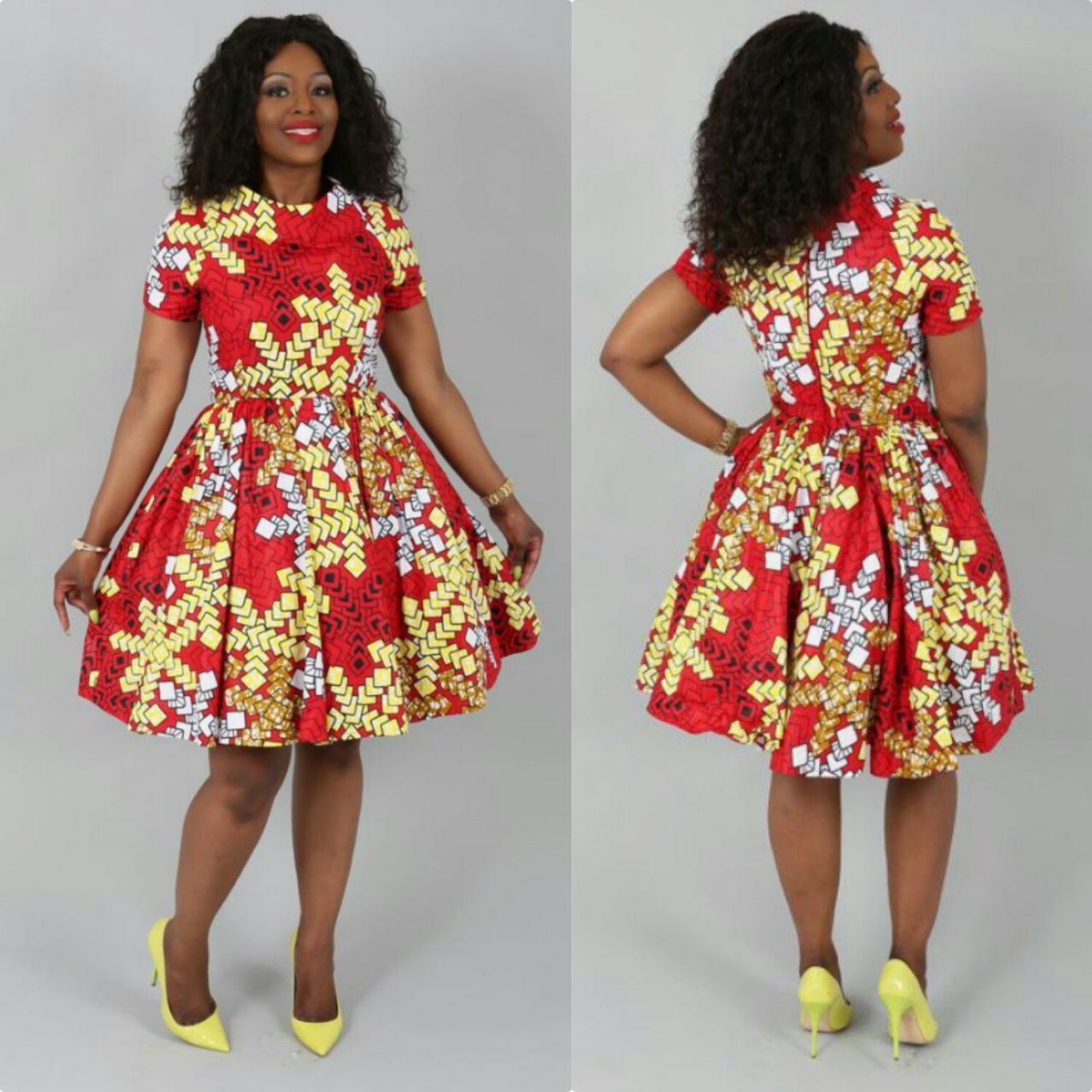Wondering what is the best way to waterproof a shower niche? Look no further! This comprehensive guide will delve into the world of shower niche waterproofing, providing you with all the knowledge you need to keep your shower dry and damage-free.
From choosing the right materials to mastering waterproofing techniques, we’ll cover every aspect of shower niche waterproofing, ensuring your shower remains a sanctuary of relaxation and style.
Waterproofing Materials
Selecting the appropriate waterproofing material is crucial for ensuring the longevity and integrity of your shower niche. Various materials offer distinct advantages and disadvantages, catering to specific niche requirements.
Commonly used waterproofing materials include:
- Liquid-applied membranes:These are highly flexible and can conform to complex shapes. They create a seamless, waterproof barrier and are relatively easy to apply. However, they may require multiple coats for optimal performance.
- Sheet membranes:Available in rolls or pre-cut sizes, sheet membranes provide a waterproof layer that is puncture-resistant and durable. They are quick to install but require careful sealing of seams.
- Cementitious waterproofing:This type of waterproofing is a cement-based coating that forms a hard, waterproof surface. It is suitable for large niches and offers excellent adhesion to concrete substrates.
The choice of waterproofing material depends on factors such as the size and shape of the niche, the type of substrate, and the desired level of protection. Consulting with a professional is recommended to determine the most suitable material for your specific shower niche.
Waterproofing Methods
Shower niches are susceptible to water damage due to constant exposure to moisture. Several waterproofing methods can be employed to protect these niches from water infiltration.
The choice of waterproofing method depends on factors such as the type of niche, the materials used, and the desired level of protection.
Liquid-Applied Membranes
Liquid-applied membranes are a popular choice for waterproofing shower niches. These membranes are typically made of acrylic or polyurethane and are applied in a liquid form using a brush or roller.
Once applied, the membrane dries to form a flexible, waterproof barrier. Liquid-applied membranes are relatively easy to apply and can conform to complex shapes.
Sheet Membranes
Sheet membranes are another effective option for waterproofing shower niches. These membranes are made of a waterproof material, such as rubber or vinyl, and are applied in sheets.
The sheets are overlapped and sealed at the seams to create a waterproof barrier. Sheet membranes are more durable than liquid-applied membranes but can be more difficult to install.
Cementitious Waterproofing
Cementitious waterproofing is a method that involves applying a cement-based coating to the niche. The coating dries to form a hard, waterproof barrier.
The best way to waterproof a shower niche is to use a waterproofing membrane, such as a liquid membrane or a sheet membrane. You can also use a waterproofing sealant around the edges of the niche. Did the Red Wings win last night? Check the latest news here . After waterproofing the niche, you can tile or install a shower panel over it.
Cementitious waterproofing is a cost-effective option but can be more difficult to apply than other methods.
Design Considerations: What Is The Best Way To Waterproof A Shower Niche

The design of a shower niche significantly influences its waterproofing effectiveness. Factors such as niche size, shape, and location impact the waterproofing strategies employed.
Niche Size:Larger niches require more attention to waterproofing due to increased surface area. Smaller niches, while easier to waterproof, still require proper sealing.
Niche Shape:Niches with complex shapes, such as curved or angled surfaces, pose challenges in waterproofing. Custom-cut materials or specialized sealing techniques may be necessary.
Niche Location:Niches located in corners or near plumbing fixtures require additional waterproofing measures due to potential water exposure from multiple directions.
Tips for Designing Shower Niches for Optimal Waterproofing, What is the best way to waterproof a shower niche
- Choose simple, rectangular niches for ease of waterproofing.
- Locate niches away from corners and plumbing fixtures to minimize water exposure.
- Consider using prefabricated niches with integrated waterproofing membranes.
- Provide adequate space around the niche for proper sealing and maintenance.
Maintenance and Inspection
Regular maintenance and inspection are crucial for ensuring the longevity and effectiveness of waterproofed shower niches. By adhering to a proper maintenance schedule and being vigilant for signs of potential issues, you can prevent costly repairs and maintain the integrity of your shower niche.
Maintenance Schedule
Establish a regular maintenance schedule that includes:
Monthly
Visually inspect the niche for any cracks, leaks, or discoloration.
Quarterly
Clean the niche thoroughly with a mild cleaning solution and a soft cloth.
Annually
Re-apply a waterproofing sealant to the joints and edges of the niche.
Closure

By following the tips and tricks Artikeld in this guide, you can confidently waterproof your shower niche, ensuring its longevity and beauty. Remember, regular maintenance and inspection are key to maintaining a waterproof shower niche, so stay vigilant and enjoy your worry-free showers!
FAQ Resource
Q: What is the best waterproofing material for shower niches?
A: The best waterproofing material for shower niches depends on your specific needs and preferences. Some popular options include liquid membrane, sheet membrane, and cementitious waterproofing.
Q: How often should I inspect my waterproofed shower niche?
A: It’s recommended to inspect your waterproofed shower niche at least once a year. Look for any signs of damage, such as cracks, leaks, or mold growth.
Q: Can I waterproof a shower niche myself?
A: Waterproofing a shower niche is a job that’s best left to professionals. Improper waterproofing can lead to costly repairs down the road.


